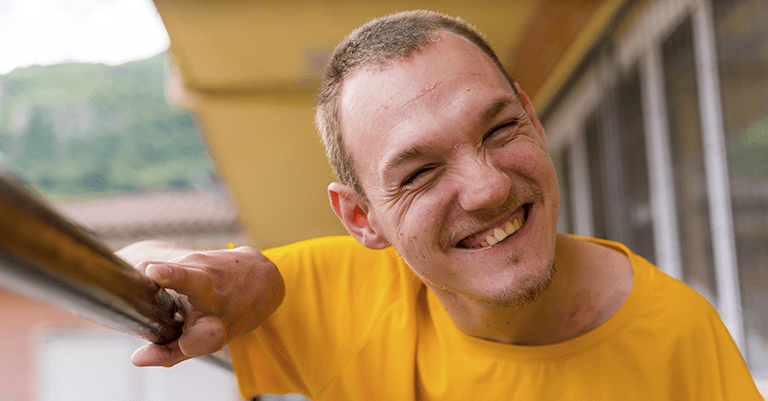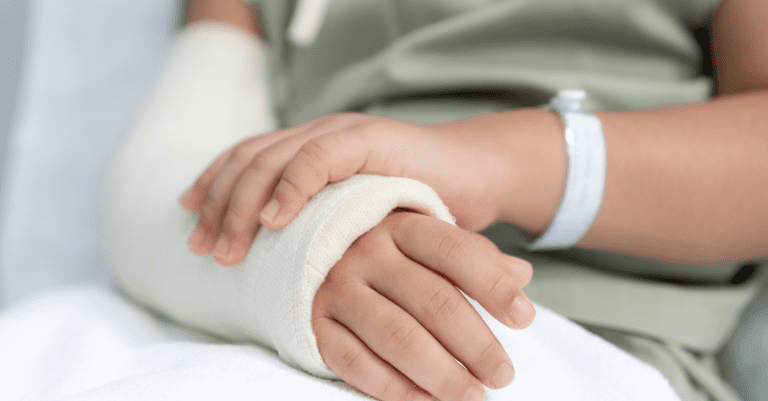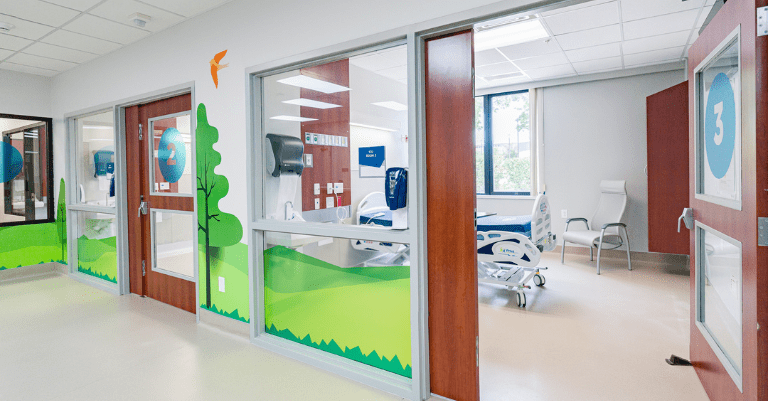
Read the latest healthcare insights
Healthcare is always changing, which is why Nexus stays up-to-date on trends and innovations. Here, we share news from the Nexus network, tips for caregivers and patients, and updates from the fields of medicine, mental health, and behavioral health.

Here’s how to find help for a medically complex child »
The National Institutes of Health (NIH) identifies “complex patients” as those with complex healthcare needs, multiple chronic conditions, many medications, multiple providers, frequent hospitalizations, and limited abilities1. They noted there are factors that contribute to patient complexity, from age and…

How to talk to your at-risk youth about residential treatment »
For more than a decade, mental, behavioral, and substance abuse disorders have been on the rise among young people. The COVID-19 pandemic only added to increasing instances of persistent sadness and hopelessness, as well as suicidal thoughts and behaviors1. For…

Bridging the mental and physical healthcare divide in the U.S. »
Clinical psychologist Kristin Canavera, PhD, MBE, explained at the inaugural Nexus Changing Care Together Summit, “We’re finally at a point in history where we’re recognizing that mental health is health.” This transformation is long overdue. Research dedicated to analyzing the…

How cognitive therapy supports brain injury rehabilitation »
Catastrophic neurological injuries leave a lasting impact on the body and mind. After sustaining a brain or spinal cord injury, some patients have trouble balancing, moving their limbs, speaking, seeing, and hearing. In addition to physical impairments, cognitive deficits in…

The connection between excessive screen time and mental health issues »
Many parents and guardians have asked at one point or another, “How do I get my teen off their phone?” The same goes for any technology addiction, from playing video games to watching videos on tablets to interacting on social…

Top 3 benefits of a psychiatry program with integrated medical care »
If your child sustained a traumatic injury as the result of a car accident, the need for medical care would be obvious. Broken bones, damaged organs, and lacerations have visible effects that can’t be ignored. But what if your child…

6 tips for staying healthy after a Prader-Willi Syndrome program »
For children and adolescents with Prader-Willi Syndrome (PWS), inpatient programs can be life-changing. They offer structured, supportive environments in which patients can shed pounds through controlled diets, physical training regimens, medical interventions, and behavioral therapies. After successfully completing a child…

Nexus Children’s Hospital – Dallas Announces Grand Opening »
Nexus Health Systems, a network of inpatient specialty care hospitals and residential campuses, announced today the grand opening of its Dallas location. The new hospital will care for infants, children, adolescents and young adults with debilitating injuries and conditions, such…